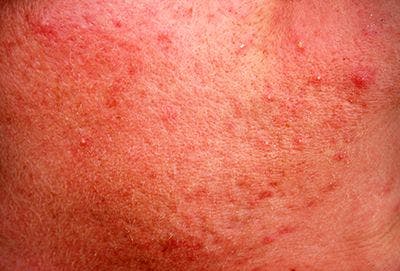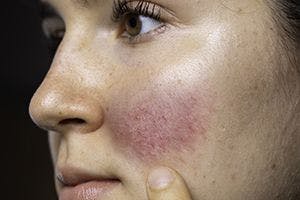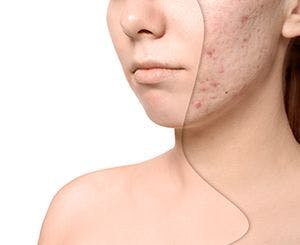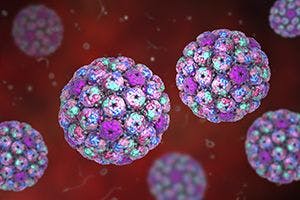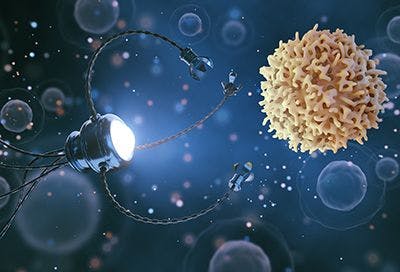- Acne
- Actinic Keratosis
- Aesthetics
- Alopecia
- Atopic Dermatitis
- Buy-and-Bill
- COVID-19
- Case-Based Roundtable
- Chronic Hand Eczema
- Chronic Spontaneous Urticaria
- Drug Watch
- Eczema
- General Dermatology
- Hidradenitis Suppurativa
- Melasma
- NP and PA
- Pediatric Dermatology
- Pigmentary Disorders
- Practice Management
- Precision Medicine and Biologics
- Prurigo Nodularis
- Psoriasis
- Psoriatic Arthritis
- Rare Disease
- Rosacea
- Skin Cancer
- Vitiligo
- Wound Care
Publication
Article
Dermatology Times
Survey findings inform messaging on UV exposure
Author(s):
Findings from a survey of college students examining beliefs about UV exposure and sunscreen use and their associations with skin cancer risk and UV protective behaviors provide some insights for patient counseling.
Skin cancer risk and protective behaviors among college students are influenced by their beliefs about sunscreen safety and health benefits of sun exposure, and regional weather also appears to play a role, according to analyses of responses to a survey conducted by investigators at the National Cancer Institute and Oregon State University.
The findings from this research can inform patient counseling efforts and suggest topics for further studies that could provide understanding of factors determining intentional UV exposure as a foundation for targeted sun safety intervention, said Anne K. Julian, Ph.D., M.A. Dr. Julian is a Cancer Prevention Fellow in the Division of Cancer Control and Population Sciences, National Cancer Institute, Rockville, Md. She is the lead author of a published paper reporting on the study examining the role of context and its influence on UV exposure behaviors.1
RELATED: Studies examine ingredient safety over lifetime use
The survey recruited participation by undergraduate students at Oregon State University, which is located in western Oregon where the weather is predominantly cloudy. Of 1,406 students who were contacted, 335 (23.8%) met the eligibility criteria and completed the 125-item survey.
The survey included the 11-item Health Beliefs About UV (HBAU) scale, which measures beliefs about sunscreen toxicity and UV in cloudy climates that encourage UV exposure and discourage protection. In addition, it collected data on sociodemographic characteristics, indoor and outdoor tanning frequency, use of sunscreen and other UV protection behaviors, and perceptions of physical appearance.
Statistical modeling that adjusted for a number of covariates, including self-reported untanned skin color, sun sensitivity, and perceptions of skin cancer susceptibility and severity, found a positive association between beliefs about sunscreen toxicity and reduced sunscreen use. Outdoor tanning frequency was predicted by beliefs that tanning had benefits related to mood and vitamin D production, and indoor tanning frequency correlated with beliefs that tanning through the winter could mitigate negative seasonal effects.
Dr. Julian tells Dermatology Times, “The HBAU scale used in our study has not yet been clinically validated, but the factors on the scale may merit consideration in the conversations clinicians have with patients, especially with individuals who have recently relocated from a different climate.”
She continues, “Based on findings, we suggest clinicians be prepared to discuss vitamin D, mood, and sunscreen safety as potential determinants of patients’ UV exposure behaviors and take into account perceptions of the regional climate.”
Sample characteristics, beliefs, and behaviors
A majority of the 335 students included in the study had very fair or fair skin (59%). Almost three-fourths had never used indoor tanning, however, only approximately one-fourth had not done any outdoor tanning in the previous 12 months. Two-thirds of the participants indicated that they used sunscreen only “sometimes” or less often, and the use of an umbrella or a wide-brimmed hat for UV protection was infrequent.
Results from the HBAU portion of the survey showed that overall, the majority of students were not very concerned about toxicity and harms from sunscreen ingredients. However, beliefs that tanning is a more natural source of vitamin D than taking a supplement and that weather has negative effects, in general, on mood and on vitamin D production were common.
Dr. Julian says, “As most dermatologists are aware, the American Academy of Dermatology as well as the U.S. Food and Drug Administration maintain that sunscreens are safe and that individuals should continue to use sunscreen while further research is being conducted focusing on the toxicologic profile of sunscreen ingredients.”
She adds, “A particularly striking and troubling finding of our study was that while concern about sunscreen safety was associated with reduced sunscreen use, there was not a corresponding increase in other sun protection behaviors.”
The findings support the need to educate patients who are concerned about the potential harms of chemical ingredients in sunscreens about the many alternative options for UV protection.
“Patients should be counseled about the option of choosing a mineral sunscreen, rescheduling outdoor activities to times of day with low UV levels, wearing protective clothing and wide-brimmed hats, and seeking shade when outdoors.Because none of these behaviors is optimal for all contexts, patients should be told that combining UV protective behaviors is key to effective sun safety,” Dr. Julian says.
Gathering more evidence
The researchers note that their study has limitations, including its relatively small sample size, the magnitude of its nonresponse rate, and its cross-sectional nature. Based on these issues, future studies are warranted that should include larger and more diverse samples to validate the findings, says Dr. Julian.
“In addition, future research should further examine how the role of beliefs about vitamin D deficiency, seasonal mood, and the safety of sunscreen differs by indoor versus outdoor UV exposure and identify what types of messages are effective at countering beliefs that increase risky UV behaviors including indoor/outdoor tanning and the disuse of sunscreen.”
Reference:
Julian A, et al. Cancer Control. 2020;27(4):1073274819894008. Published February 28, 2020.
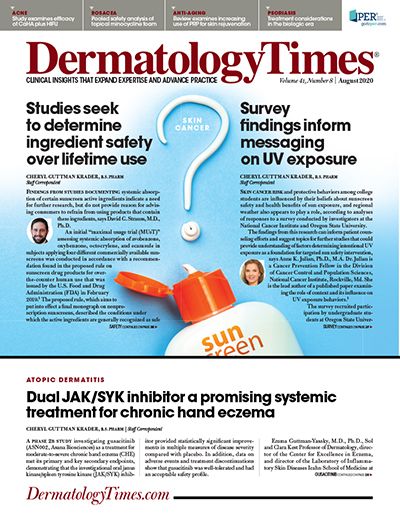
Newsletter
Like what you’re reading? Subscribe to Dermatology Times for weekly updates on therapies, innovations, and real-world practice tips.




